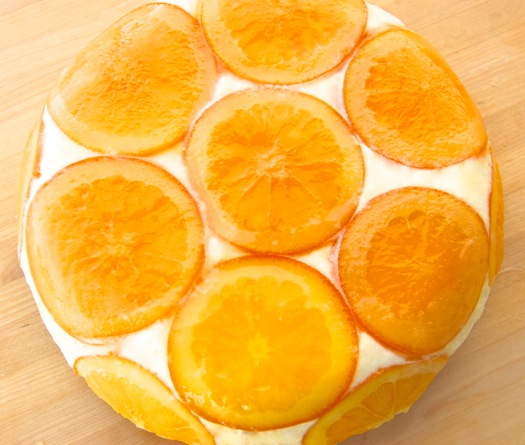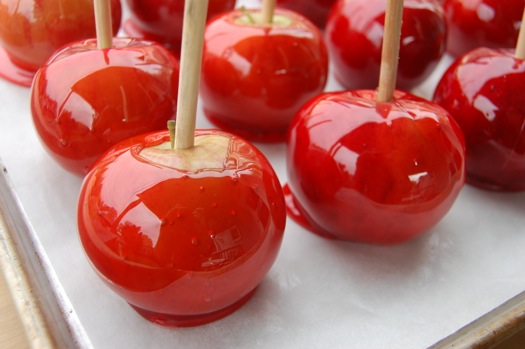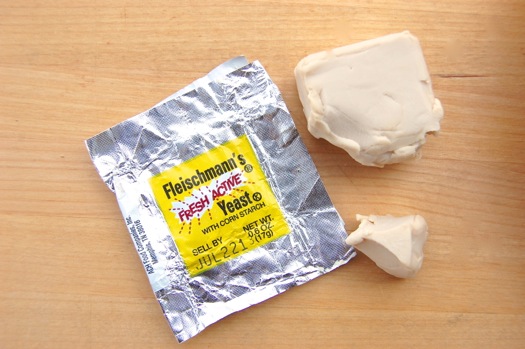Chocolate Babka Recipe
Most babka recipes, I’ve noticed, are not only complicated they make enough for 2-4 loaves. This one, thanks to he addition if instant yeast, is quite simple. It makes a single loaf but can be scaled up to your heart’s content (remember, baking recipes — especially yeast-based recipes — can be doubled, tripled, quadrupled, quintupled, whatever) with no ill effects).
For the Dough
9.5 ounces (1 3/4 cups) bread flour
1 1/2 teaspoons instant yeast
1.5 ounces (3 tablespoons) granulated sugar
1/2 teaspoon salt
4 ounces (1/2 cup) whole milk
1 egg
1 egg yolk
1/2 teaspoon vanilla extract
2 ounces (4 tablespoons) unsalted butter, softened




